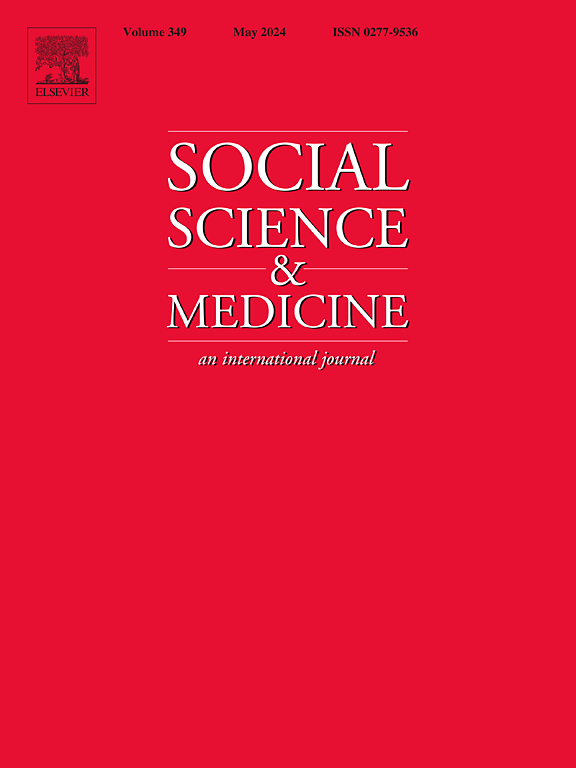Global temporal trends in depression incidence among women of childbearing age: A 30-year analysis and projections to 2030
IF 4.9
2区 医学
Q1 PUBLIC, ENVIRONMENTAL & OCCUPATIONAL HEALTH
引用次数: 0
Abstract
This study examines global trends in depression incidence among women of childbearing age (WCBA) from 1992 to 2021 and projects future trends through 2030. Using data from the Global Burden of Disease (GBD) 2021 and applying the age-period-cohort (APC) model, we analyzed temporal patterns across age groups, periods, and birth cohorts. The global incidence of depression in WCBA increased from 77.57 million cases in 1992 to 127.02 million cases in 2021, with the age-standardized incidence rate (ASIR) rising from 5675.52 to 6490.04 per 100,000 people. The estimated annual percentage change (EAPC) was −0.21 (95 % CI: 0.47 to 0.06), indicating a slight, non-significant decline. Regional disparities were evident: high SDI regions saw rising depression incidence, while other regions experienced declines. Notably, in high SDI regions, depression incidence decreased in the 30–34 age group but increased in other age groups. In contrast, in other SDI regions, depression incidence decreased across all age groups. APC analysis across the four SDI regions (excluding the high SDI region) revealed distinct age, period, and cohort effects on depression incidence in WCBA. The age effect was consistent globally and across SDI regions, with depression incidence increasing with age. However, in high SDI regions, the age effect showed a contrasting trend, with notable adverse period and cohort effects. These findings highlight the need for targeted interventions and further research to mitigate the growing mental health burden, particularly in women of reproductive age, in alignment with the WHO's 2030 objectives.
求助全文
约1分钟内获得全文
求助全文
来源期刊

Social Science & Medicine
PUBLIC, ENVIRONMENTAL & OCCUPATIONAL HEALTH-
CiteScore
9.10
自引率
5.60%
发文量
762
审稿时长
38 days
期刊介绍:
Social Science & Medicine provides an international and interdisciplinary forum for the dissemination of social science research on health. We publish original research articles (both empirical and theoretical), reviews, position papers and commentaries on health issues, to inform current research, policy and practice in all areas of common interest to social scientists, health practitioners, and policy makers. The journal publishes material relevant to any aspect of health from a wide range of social science disciplines (anthropology, economics, epidemiology, geography, policy, psychology, and sociology), and material relevant to the social sciences from any of the professions concerned with physical and mental health, health care, clinical practice, and health policy and organization. We encourage material which is of general interest to an international readership.
 求助内容:
求助内容: 应助结果提醒方式:
应助结果提醒方式:


